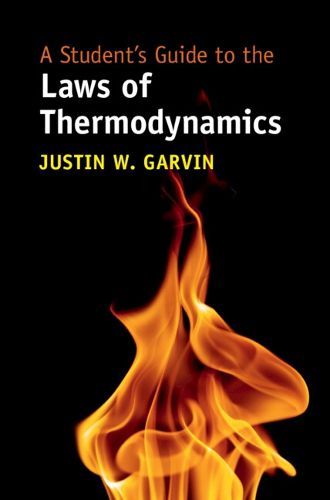Readings Newsletter
Become a Readings Member to make your shopping experience even easier.
Sign in or sign up for free!
You’re not far away from qualifying for FREE standard shipping within Australia
You’ve qualified for FREE standard shipping within Australia
The cart is loading…






Using a welcoming and conversational style, this Student's Guide takes readers on a tour of the laws of thermodynamics, highlighting their importance for a wide range of disciplines. It will be a valuable resource for self-guided learners, students, and instructors working in physics, engineering, chemistry, meteorology, climatology, cosmology, biology, and other scientific fields. The book discusses thermodynamic properties such as temperature, internal energy, and entropy, and develops the laws through primarily observational means without extensive reference to atomic principles. This classical approach allows students to get a handle on thermodynamics as an experimental science and prepares them for more advanced study of statistical mechanics, which is introduced in the final chapter. Detailed practical examples are used to illustrate the theoretical concepts, with a selection of problems included at the end of each chapter to facilitate learning. Solutions to these problems can be found online along with additional supplemental materials.
$9.00 standard shipping within Australia
FREE standard shipping within Australia for orders over $100.00
Express & International shipping calculated at checkout
Stock availability can be subject to change without notice. We recommend calling the shop or contacting our online team to check availability of low stock items. Please see our Shopping Online page for more details.
Using a welcoming and conversational style, this Student's Guide takes readers on a tour of the laws of thermodynamics, highlighting their importance for a wide range of disciplines. It will be a valuable resource for self-guided learners, students, and instructors working in physics, engineering, chemistry, meteorology, climatology, cosmology, biology, and other scientific fields. The book discusses thermodynamic properties such as temperature, internal energy, and entropy, and develops the laws through primarily observational means without extensive reference to atomic principles. This classical approach allows students to get a handle on thermodynamics as an experimental science and prepares them for more advanced study of statistical mechanics, which is introduced in the final chapter. Detailed practical examples are used to illustrate the theoretical concepts, with a selection of problems included at the end of each chapter to facilitate learning. Solutions to these problems can be found online along with additional supplemental materials.